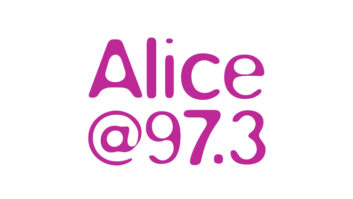Brian Galante of Dimension PR is a spokesperson for StreamGuys.
If your station is a flagship for a professional sports team, you’ll likely learn about geographical rights restrictions soon (if you haven’t already).
Geo-targeting engine routes user based on their location.

Your station’s contract with the team, though allowing for local over-the-air broadcasts, may restrict listeners from your stream, depending upon where they are located.
“Geo-fencing” is the function of defining virtual borders upon which location decisions are based. A geo-fence could, for example, be a set of cities that allow (“geo-targeting”) or prohibit (“geo-blocking”) access to content. A simple way to define who is inside the allowed area would be by outlining the area on a map, using longitude and latitude lines as borders. Geo-fencing could also be specific to the user themselves, such as when the user is at home or at work.
Geo-blocking is the function of prohibiting access to content based on user location. This is critical for territory and rights management.
A sports broadcaster may have the rights to stream a game only within the same metro area as the OTA broadcast; conversely, geo-blocking can be used to implement local blackout restrictions for sports and concerts, preventing streaming within the event’s host city unless all tickets have sold out. Broadcasters may also wish to implement geo-blocking based on their interpretations of royalty considerations.
Whereas geo-blocking is used to prohibit access, geo-targeting is used to allow access and increase relevance by providing specific, targeted content based on location. Geo-targeting is often used to deliver different versions of programming based on the location of the user, or targeted advertising applications based on the user’s location.
HOW IT WORKS
StreamGuys is a U.S.-based CDN that provides streaming clients with both geo-blocking and geo-targeting systems. Let’s take a look at how their implementation works.
As mentioned, geographic decisions are made by identifying where the end-user is, and so the accuracy of geo-targeting or geo-blocking is determined by the available data. The location of end-users can be determined with or without their participation.
Smartphones and almost all modern PCs and browsers can be enabled to share end-user data regarding location. This is usually an opt-in capability, with the user prompted to allow location sharing. Once enabled, mobile devices typically send GPS-based latitude and longitude data. Even devices which lack a proper GPS can send latitude and longitude coordinates; for example, the Google Chrome browser can provide highly accurate information from its database of WiFi access spots.
If the end-user opts out from sharing location data, geographic decisions can be made based on the IP address of the user. The IP address is usually available in the network session’s request for the content, and can be looked up in IP address databases from many providers to determine the corresponding location.
IP-based location accuracy is only as good as the database itself; such info is usually very accurate at the country level, reasonably accurate to the city level, but inaccurate at the block and street address level. There can also be false identification for individuals who are behind networks which share IPs between users, like larger corporate networks and some mobile networks.
In the StreamGuys system, the source channel is set up server-side to look up the client geo-location. The source channel then decides if the client is allowed to access the requested resource, with these steps:
- Client player requests content from http://channel.streamguys.com/SportsGameContent.
- Streaming server channel.streamguys.com receives request, then looks up the client location via lat+lon or IP.
- Once the location of the requesting client is determined, the stream is either served or blocked depending upon the specific application. Broadcasters have the option of sending the blocked users to an alternate feed as well.
Broadcasters often use a mix of geo-blocking and geo-targeting. For example, a station could prohibit access to content such as a soccer game from a specific country, while also presenting the option of alternative content to blocked users — either different programming, or at least a service message explaining the restriction.
StreamGuys integrates geo-blocking at the server level, since many savvy end-users can bypass client-side blocking solutions. SGalerts monitoring and alerting solutions can check content availability from various regions, verifying the integrity and operation of geo-location functionality and policies.






